Could Titanic ever be raised? Plus other secrets of the doomed liner
Touring the Titanic
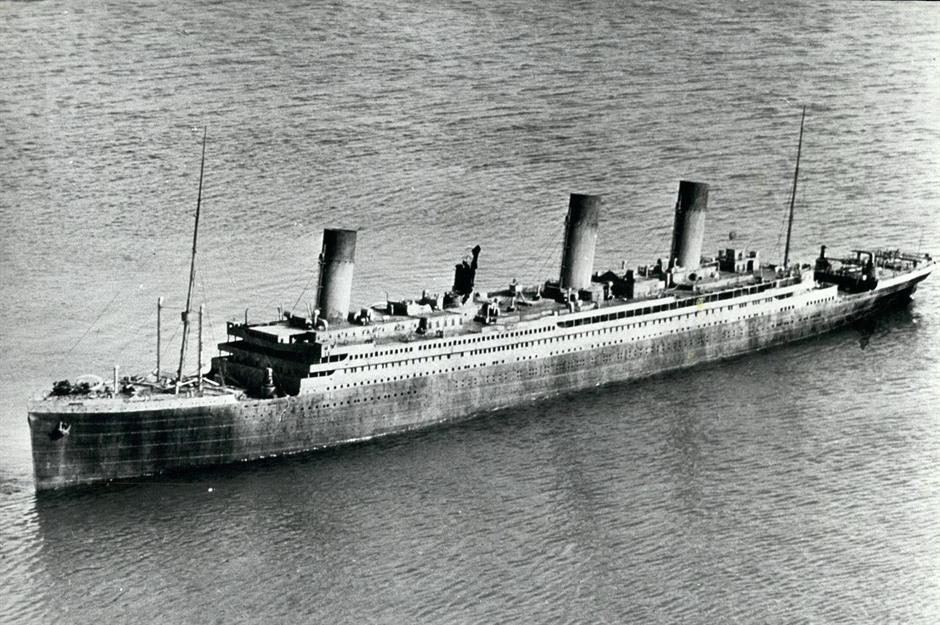
When the RMS Titanic left Southampton, England on 10 April 1912 bound for New York, she was the largest ocean liner afloat and thought to be unsinkable. More than just a ship, the Titanic was a symbol of the wealth, sumptuous tastes and engineering skill of the Edwardian age. But her collision with an iceberg in the North Atlantic on 14 April – and the loss of more than 1,500 lives – marked the end of an era. Today, more than 109 years later, the Titanic's tragic story continues to captivate. Here we've uncovered incredible images that show what life was really like on the most famous and ill-fated voyage in history and ask whether the ship might sail once again.
The creation of a legend
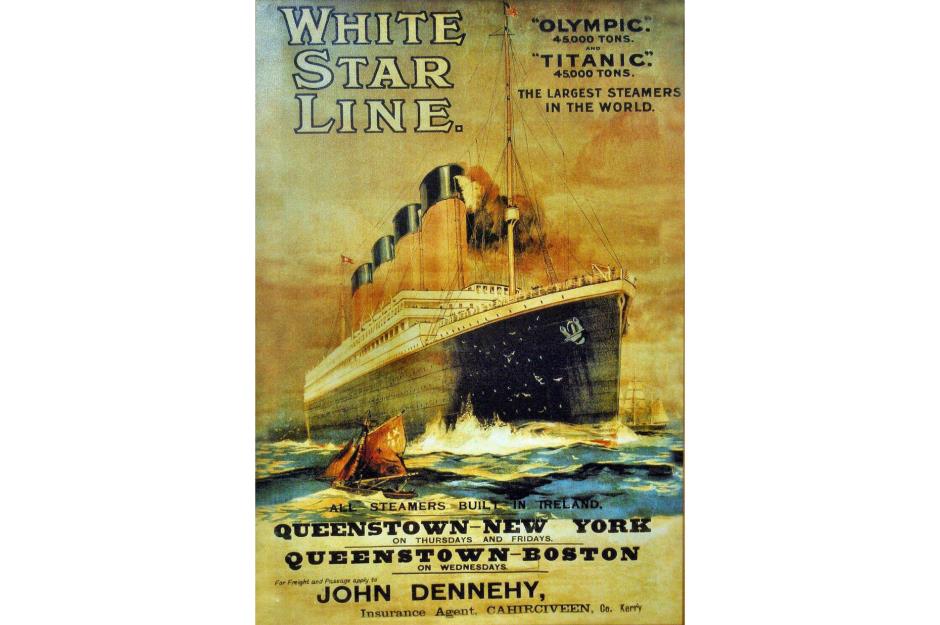
The Titanic was built during a golden age of sea travel. Growing numbers of immigrants to the New World and wealthier passengers during the early 20th century meant competition for business on Europe to New York sailings was fierce. Plans were first laid for the Titanic (and her near-identical sister ships the Olympic and Britannic) in 1907 by the White Star Line. Other companies, including Cunard, already had popular passenger ships such as the RMS Lusitania and the RMS Mauretania, and the Titanic was designed to compete with these stars of the sea.
Building the Titanic
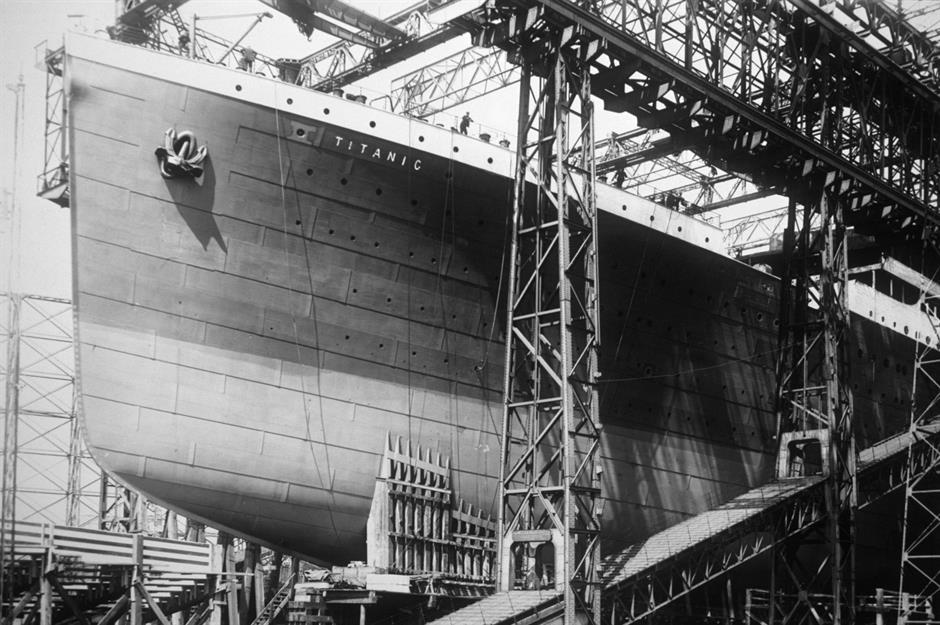
It took four years from 1909 to build the Titanic at the Harland & Wolff shipyard in Belfast, Northern Ireland. Costs were lavish at the time – around $7.4 million in total, around $192 million in today's money. Thanks to 16 watertight compartments (known as bulkheads) that could be shut to prevent flooding, the Titanic was designed from the off to be unsinkable and considered one of the safest ships afloat.
Building the Titanic
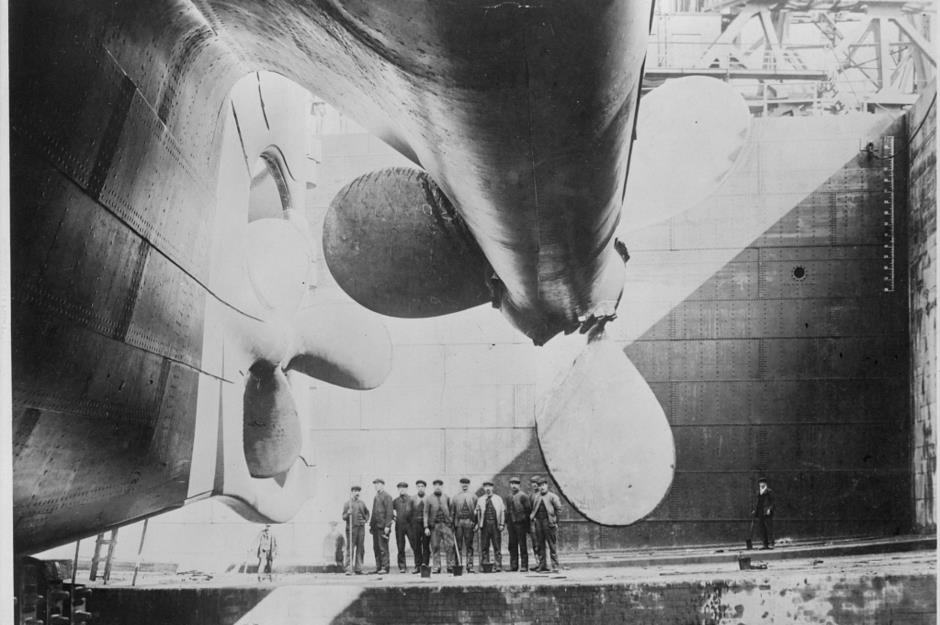
The ship of dreams sets sail
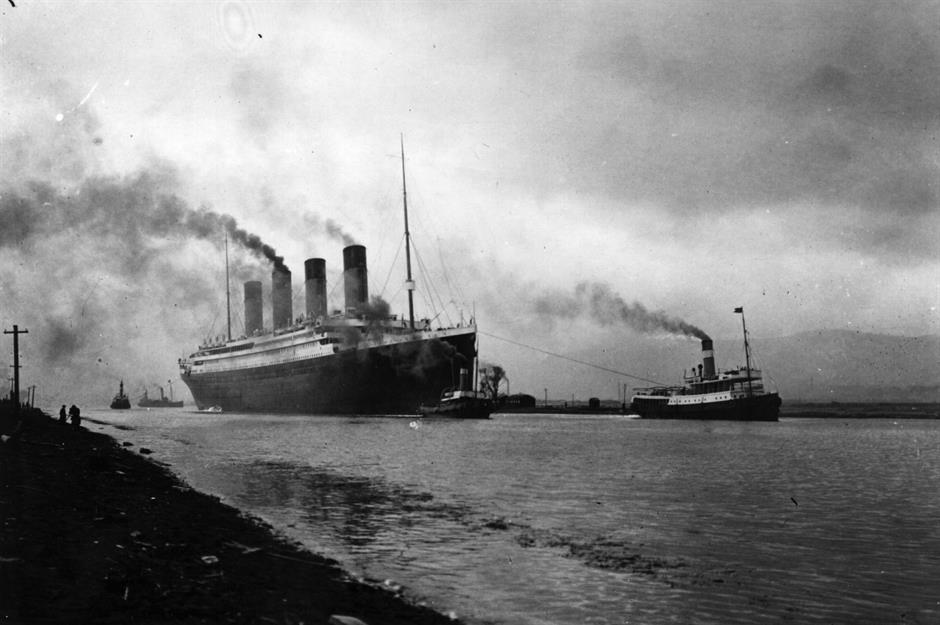
Despite many setbacks the RMS Titanic sailed on her maiden voyage on 10 April 1912 from Southampton. The Titanic made two stops before heading out to the Atlantic Ocean, calling at Cherbourg in northern France and Queenstown (now called Cobh) in County Cork, Ireland.
'I discovered Titanic on a secret Cold War mission': Robert Ballard on finding the wreck
A shocking near miss

Heading into history
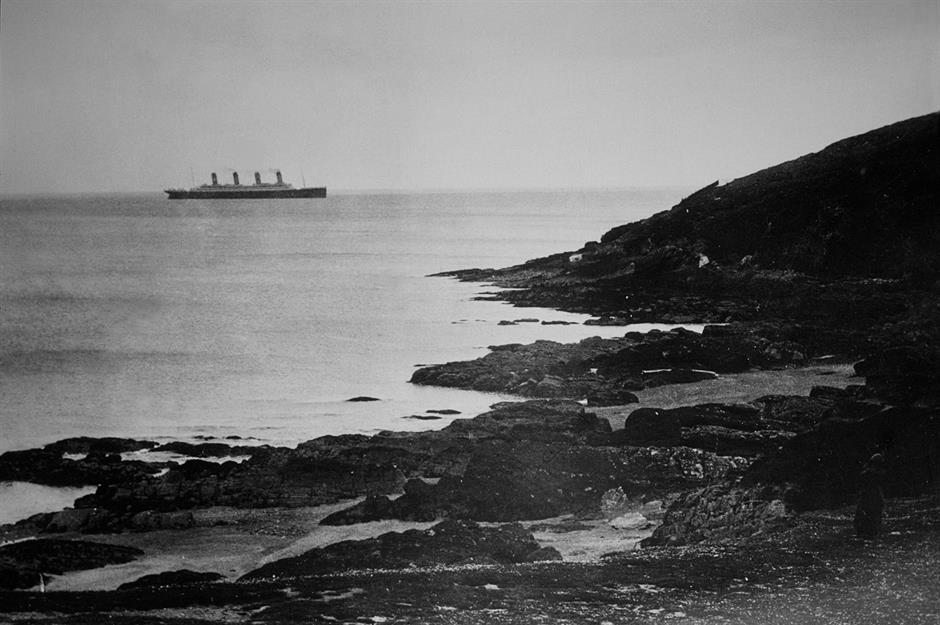
First class: the grand staircase
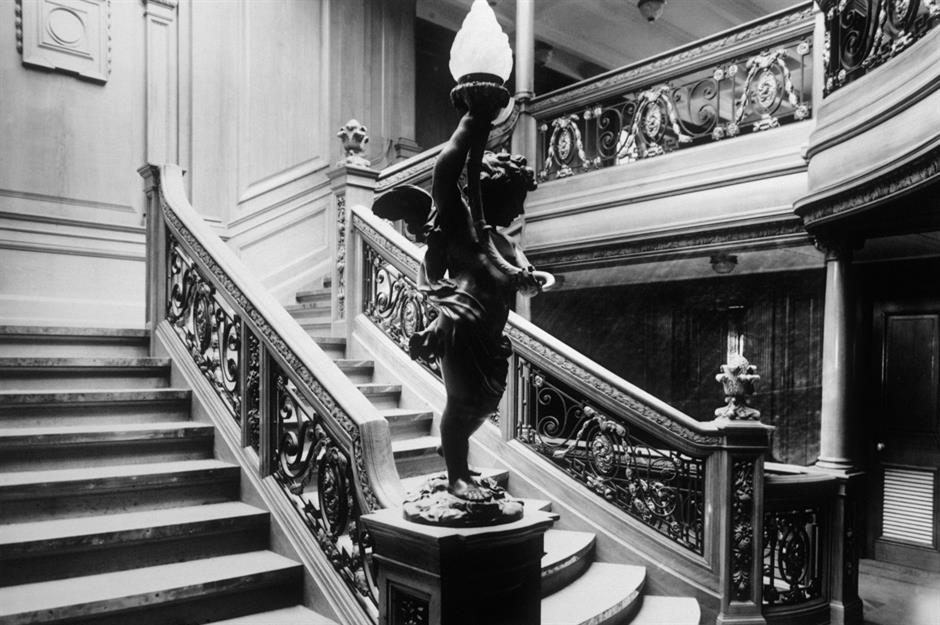
While at the time RMS Titanic was the largest ship afloat, the ship's appeal wasn't just her size – once onboard passengers would have been staggered by the ship's jaw-dropping interiors. The grand staircase in first class (pictured) was one of the most lavish at sea and featured a wrought-iron and glass-domed roof and oak paneling.
Read our review of the Titanic museum with a replica of the Grand Staircase
First class: dining saloon
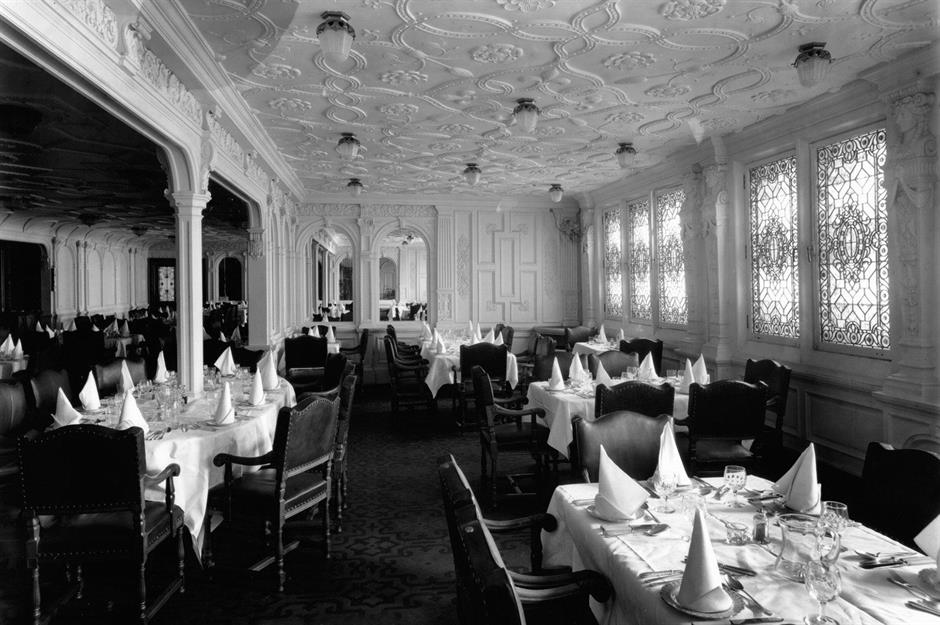
The 100-foot-long (30m) first-class dining saloon could be found on D Deck between the second and third funnels. This location was specifically chosen to ensure uninterrupted dining in the smooth, central part of the ship. The room featured leaded windows and Jacobean-style alcoves. First-class passengers were offered a luxurious choice of menus each evening with a selection of fine wines to accompany the food.
First class: à la carte restaurant
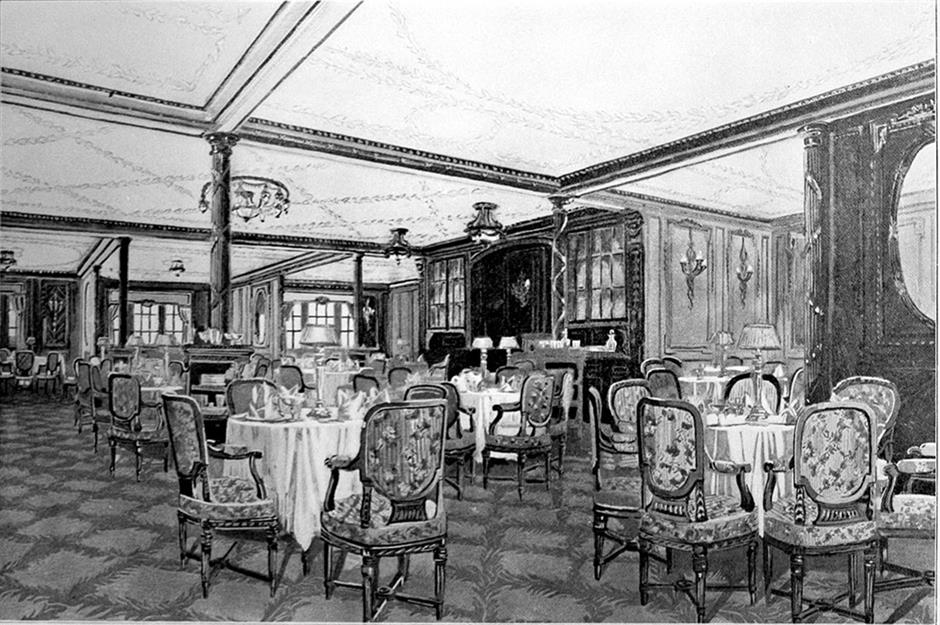
For an extra cost, first-class passengers could also book to dine at restaurateur Luigi Gatti’s intimate à la carte restaurant nicknamed the “Ritz". Gatti had been poached from upmarket Oddenino's Imperial Restaurant on Regent Street, London to run the Titanic's high-end spots. The elegant space was fully carpeted with French walnut-paneled walls and picture windows. Small tables were lit by crystal lamps and guests could eat any time between 8am and 11pm, which made it a popular choice.
First class: Veranda café and Palm Court
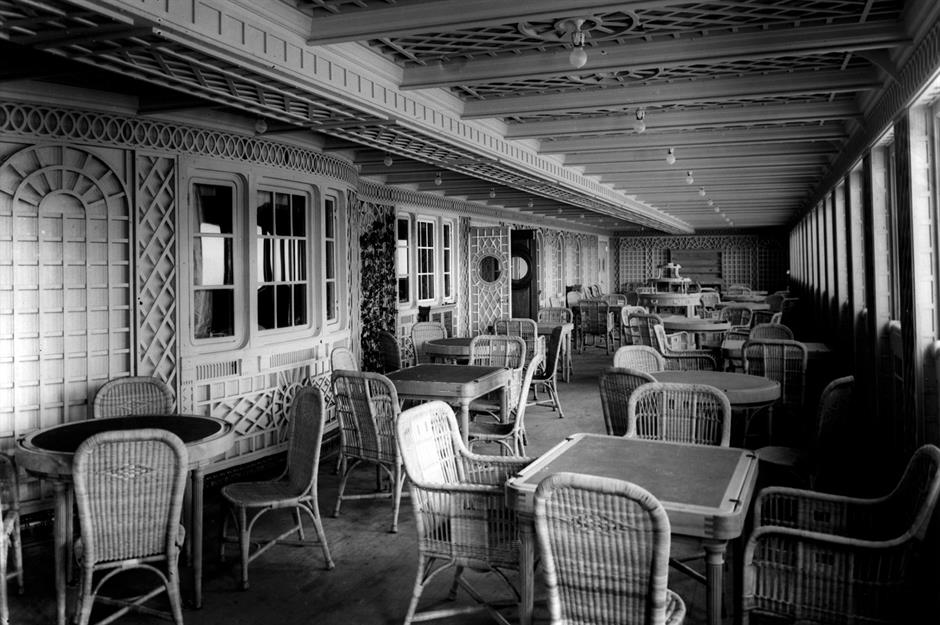
The options for first-class guests didn't end there. Pictured is the Veranda café and Palm Court, the perfect place for afternoon tea. Café Parisien was another spot, designed to offer first-class passengers a sea view while they dined, the first of its kind. On the night the Titanic sank the menu included oysters, pâté de foie gras and chocolate eclairs.
You can discover more about the Titanic's amazing menus here
First class: keeping fit
1.jpg)
While the lavish food was all part of the experience for those in first class, fitness and wellbeing were catered for too. Passengers could burn off the calories in the state-of-the-art gymnasium, pictured in this colorized image. It offered cycling machines, an electric horse and camel and a rowing machine. There was even a squash court below deck.
Love this? Follow our Facebook page for more travel inspiration
First class: the Turkish baths

First class: swimming bath

First class: smoking room
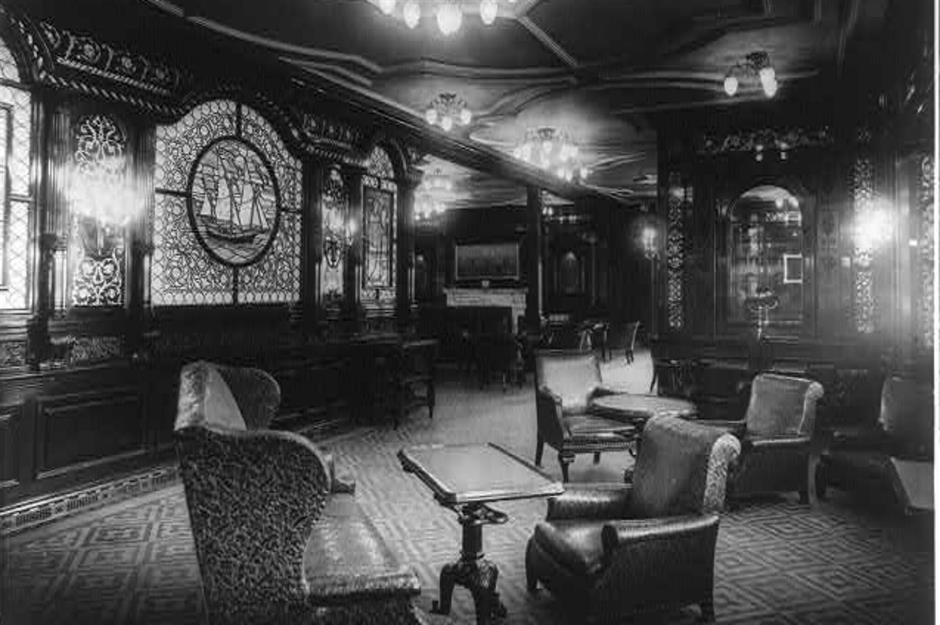
This first-class smoking room on RMS Olympic (pictured) would have been similar to the Titanic’s. While ladies retired to the reading and writing room after eating – they were forbidden entry – male passengers went to the smoking room for cards and Scotch.
First class: reading and writing room
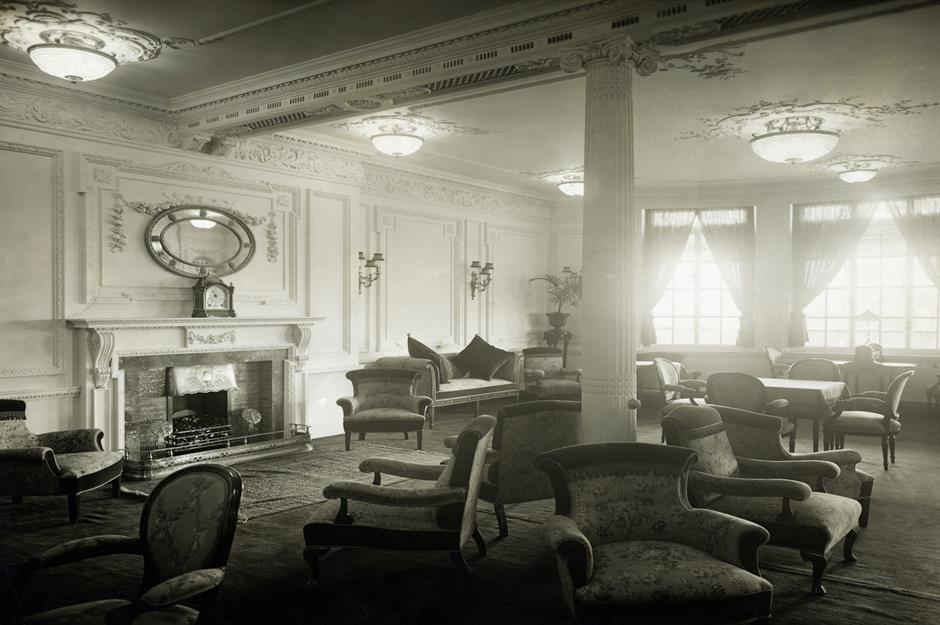
This comfortable reading and writing room was where first-class ladies retired after dinner and White Star Line stationery would have been provided for those wishing to write to loved ones back home. Books could be borrowed from the lounge next door too.
First class: staterooms
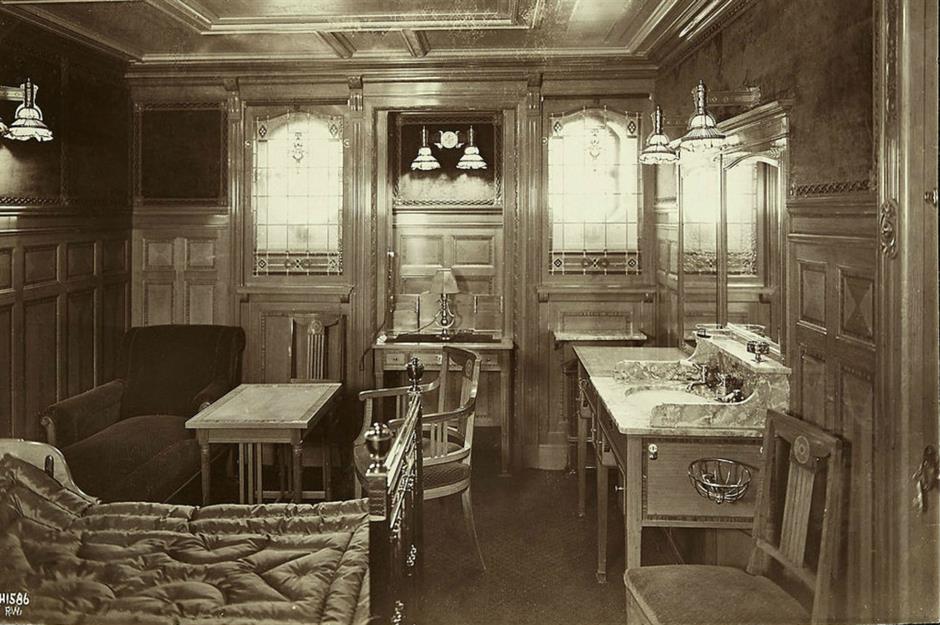
First class: staterooms
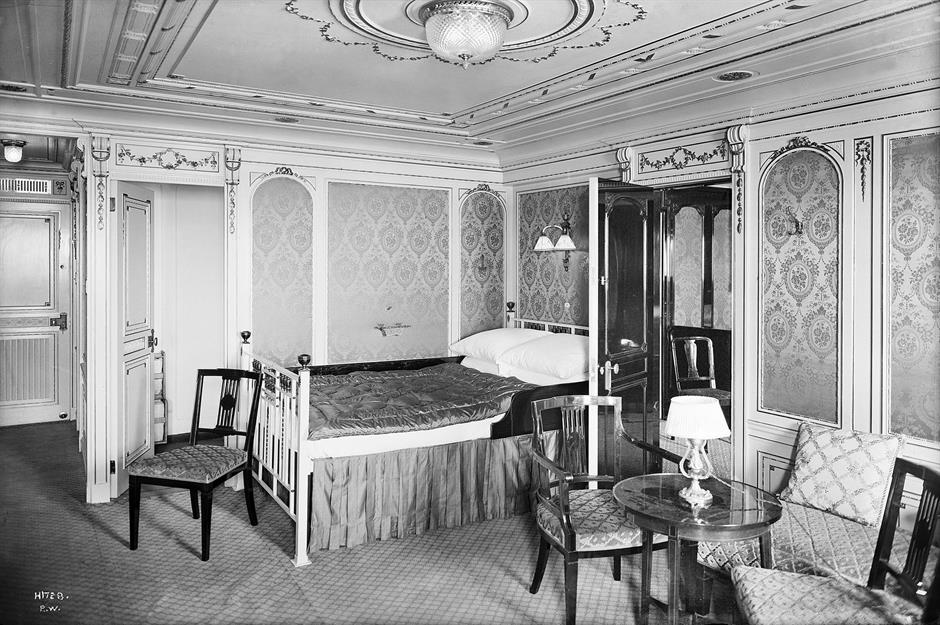
Two of the parlor suites were occupied by J Bruce Ismay, the chairman of the White Star Line (more about him later). The suite pictured here, B-58, was taken by the Baxter family, from Montréal, Canada, who boarded at Cherbourg. Mrs Baxter was a widow and traveling with her daughter Mary Hélène and son Quigg, who went down with the ship.
First class: staterooms
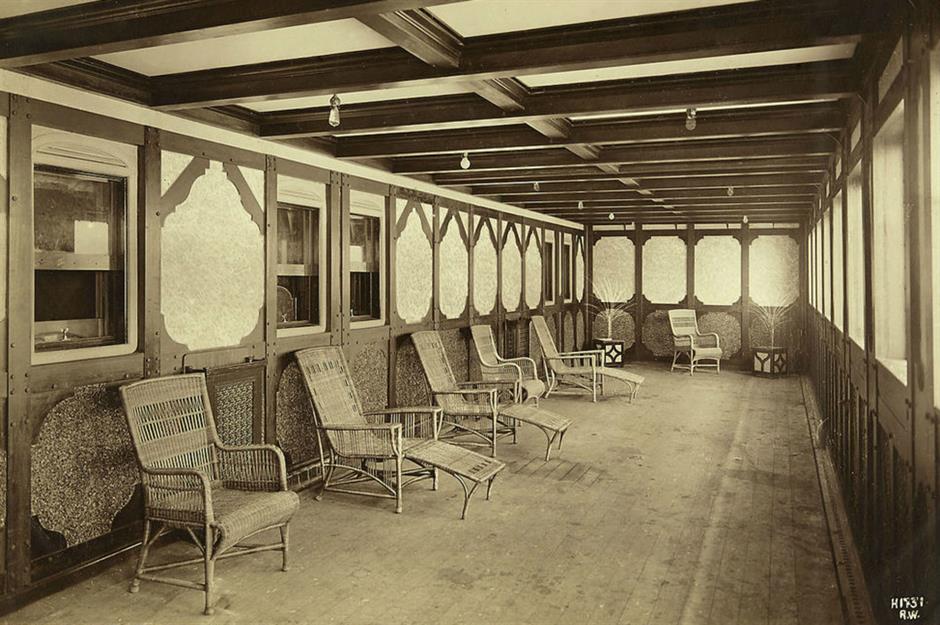
First class: staterooms
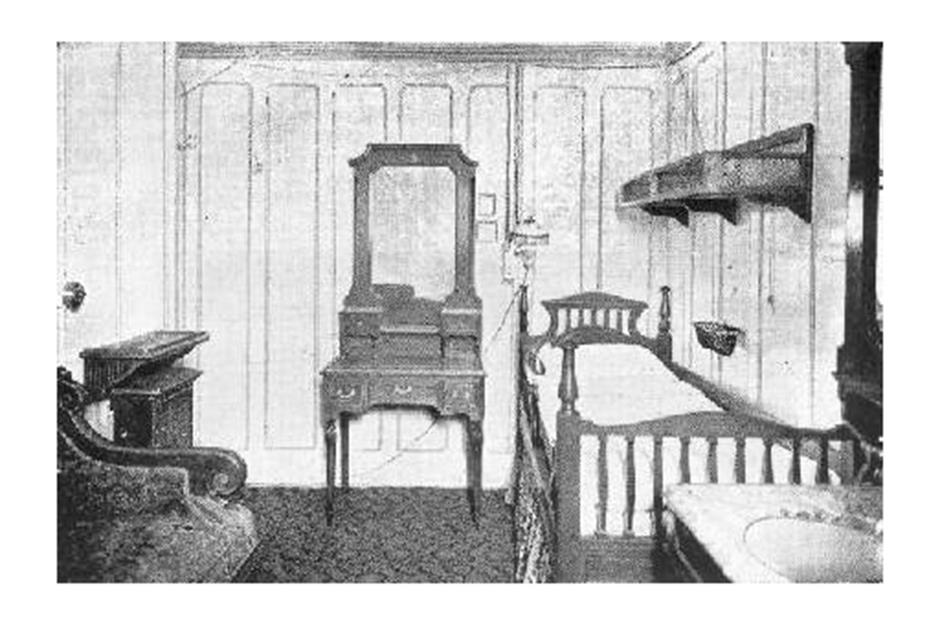
First class: the super-rich passengers
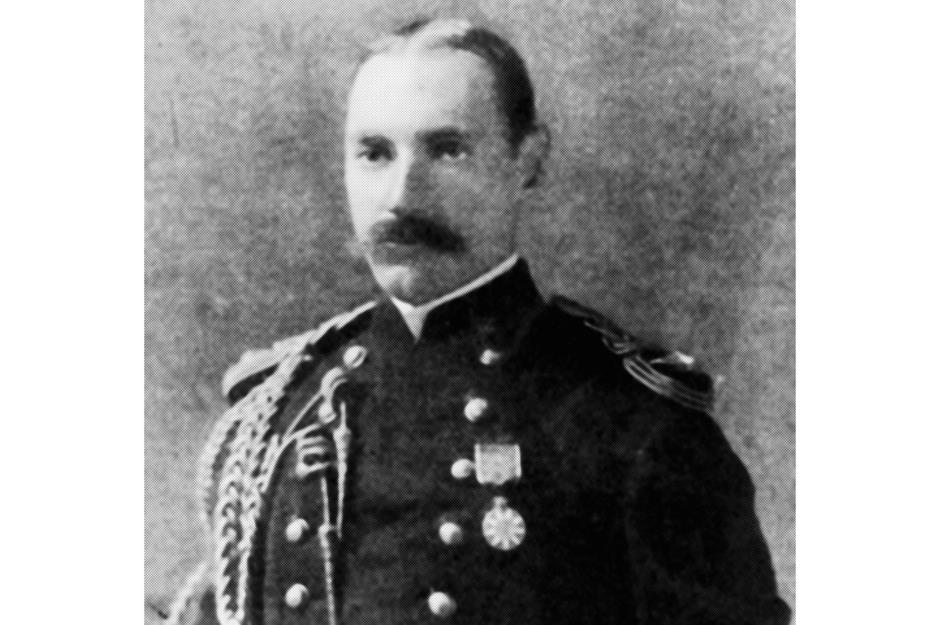
The luxury and status of the Titanic attracted some of the wealthiest and most prominent businessmen, political figures and celebrities of the day. John Jacob Astor IV, reputedly the richest man in America and the owner of the Astoria hotel in New York, was traveling in first class. His family fortune was estimated to be around $2.26 billion today. He lost his life on the Titanic, leaving behind his wife Madeline, who was five months pregnant and survived.
First class: the super-rich passengers
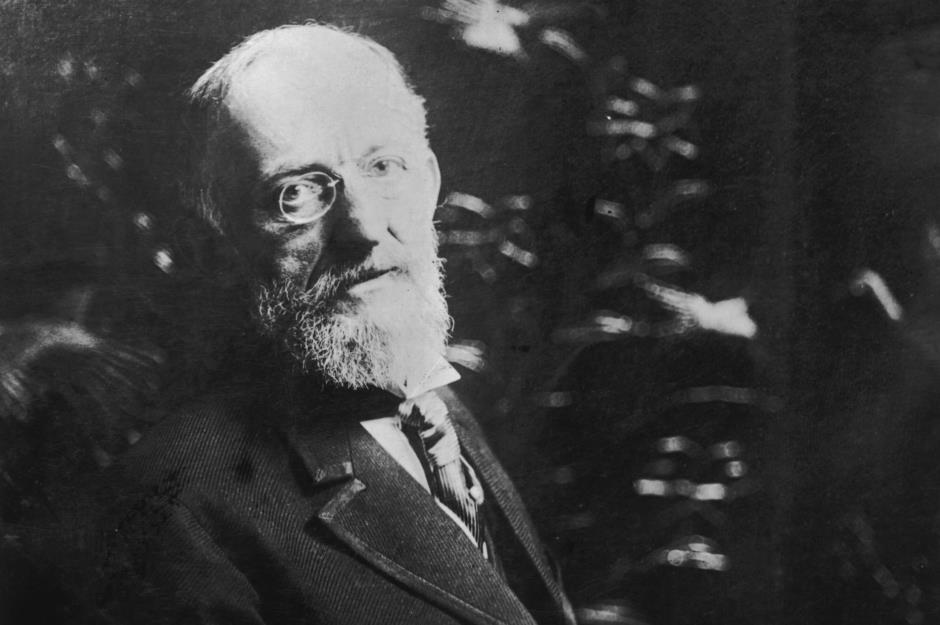
Second class: staterooms
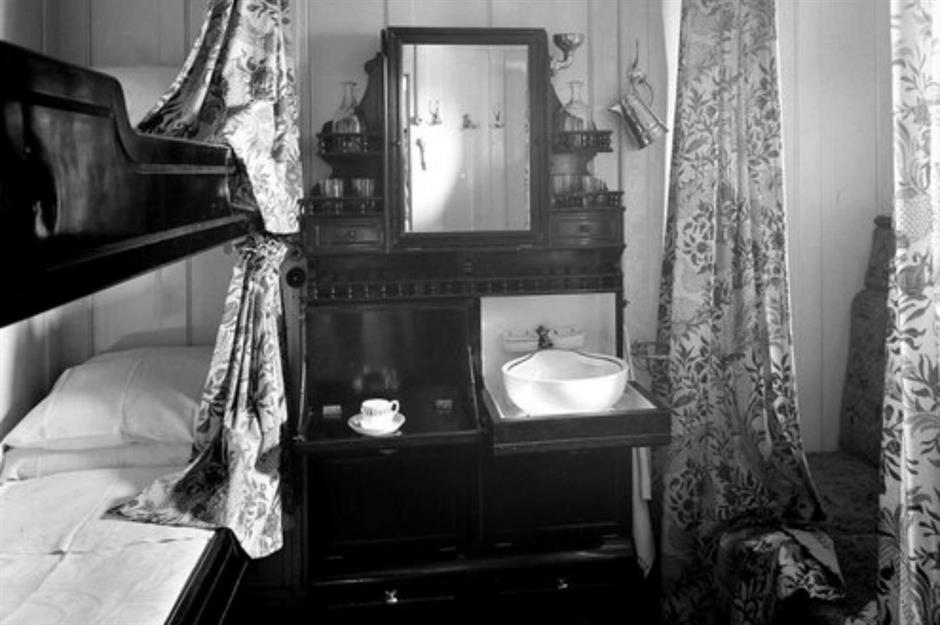
Second class: elevators
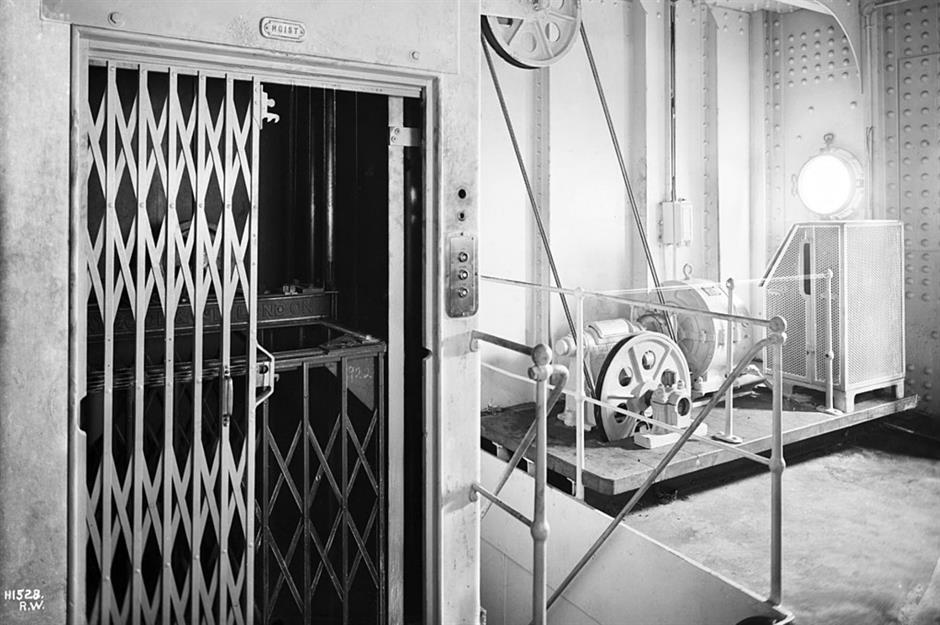
Second class: facilities
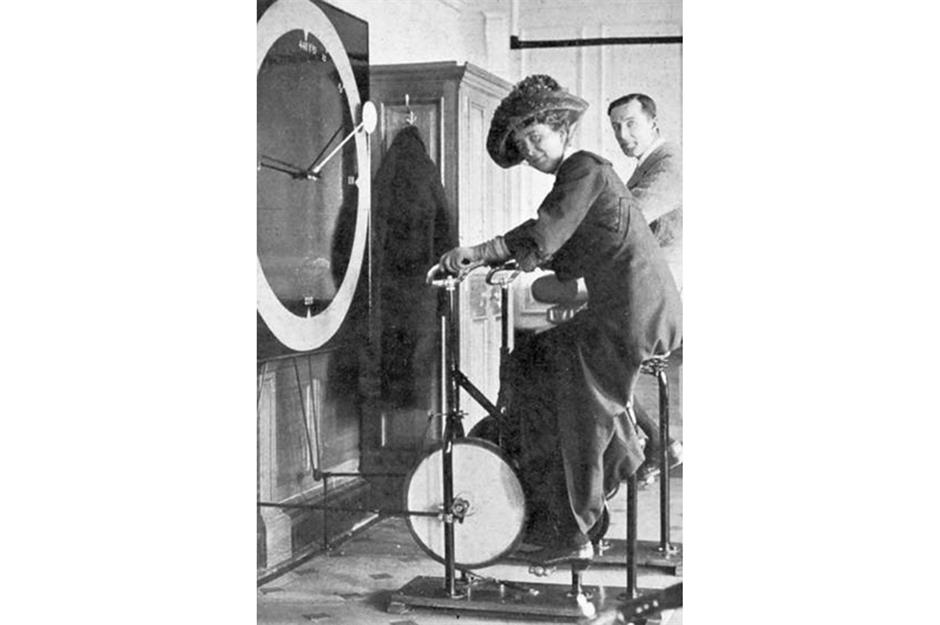
Second class: promenade deck chairs
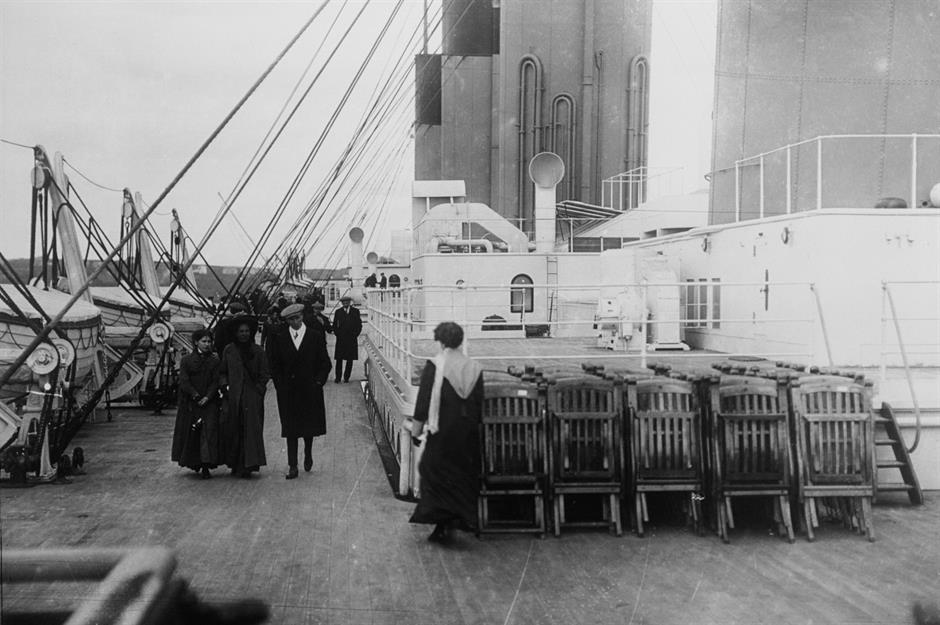
Steerage: staterooms
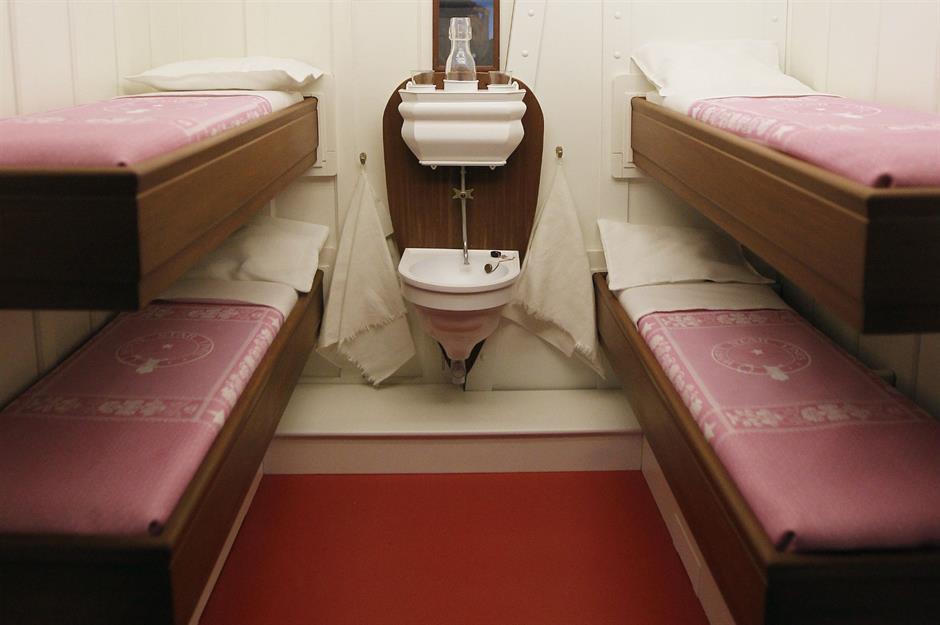
Compared to other ships, life in steerage (third class) on the lower decks was comfortable for its time. Passengers often slept in four to six berth cabins which housed either families or single sex passengers. Single men and women were separated at opposite ends of the ship, with men at the bow and women at the stern. This replica shows the size of a four-berth cabin which might have been shared by strangers. Although there were lots of toilets available for steerage passengers, there were only two baths available – one for men and one for women.
Steerage: dining room
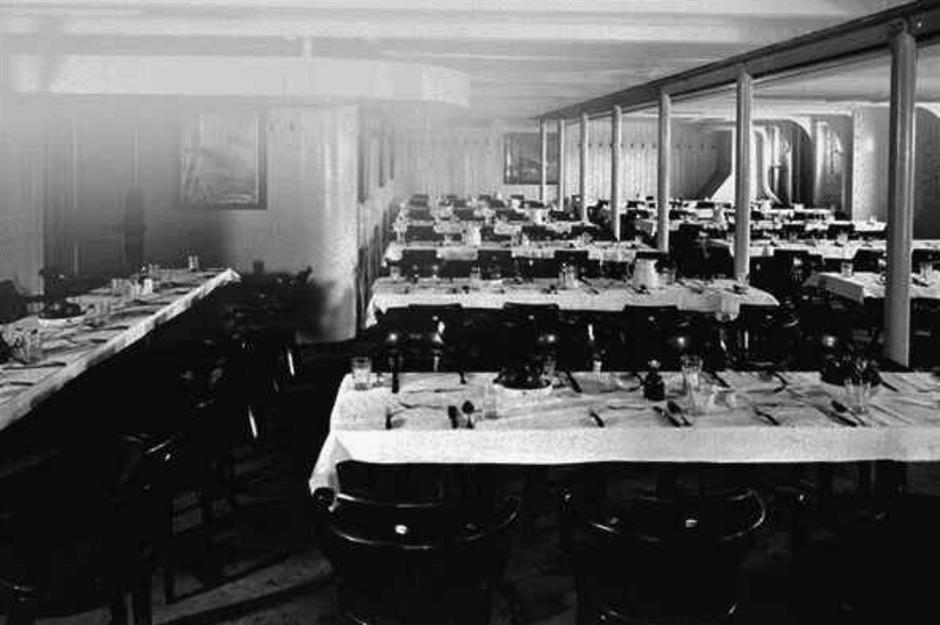
Steerage: smoking room
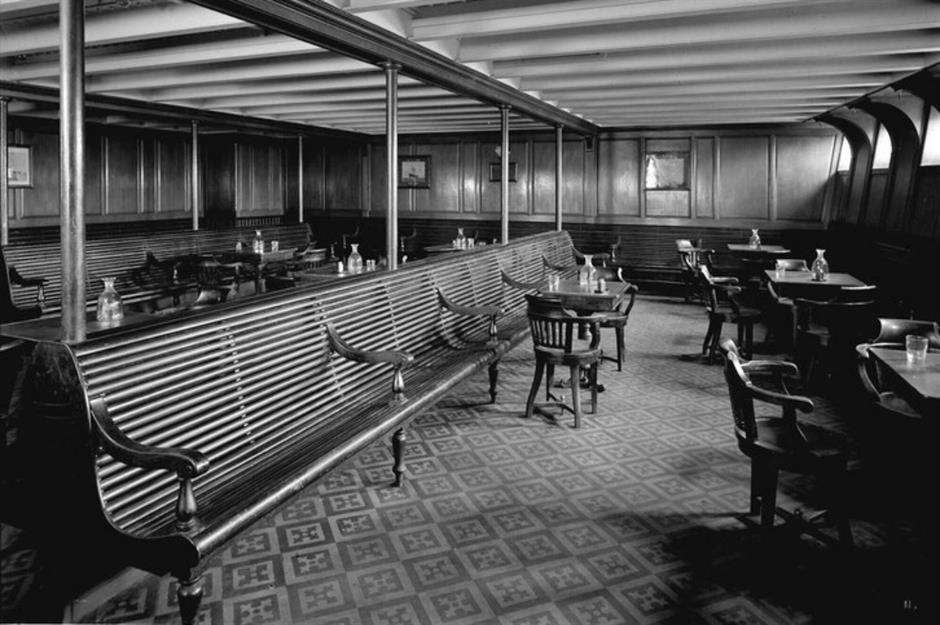
"Iceberg right ahead"
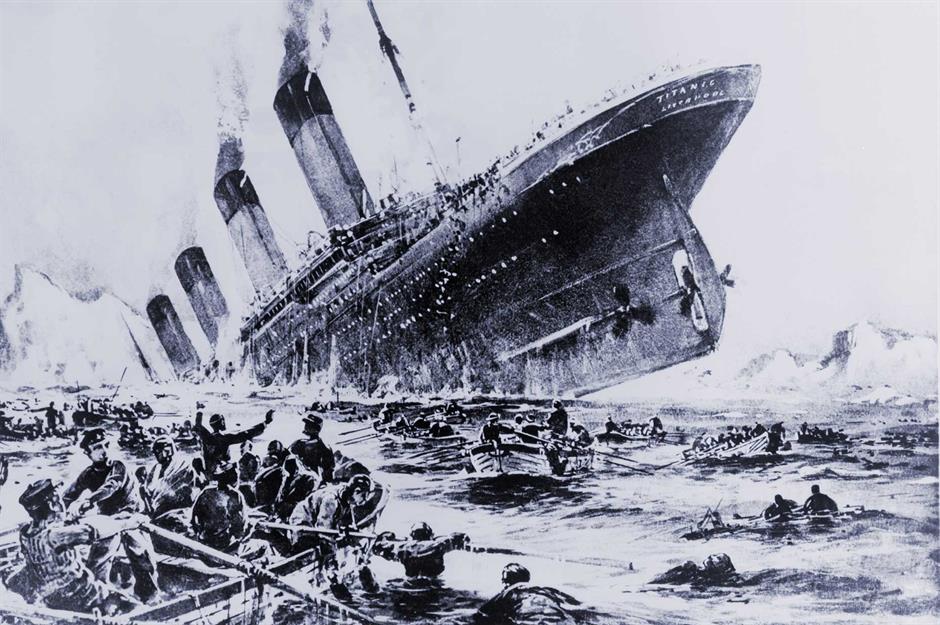
Extreme peril
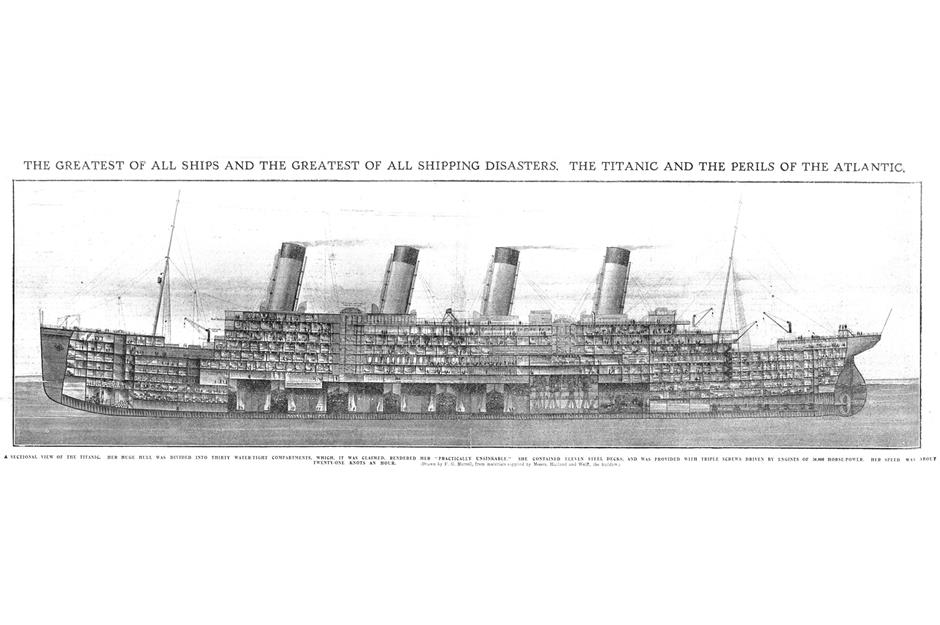
Captain Smith ordered the doors to the 16 watertight bulkheads to be shut. The Titanic could stay afloat if four of these compartments were full. But with over 100-feet (30m) of the ship opened up to the sea, six had flooded, including one of the boiler rooms. The walls of the compartments didn't extend far enough up the ship to prevent the water flooding into the next section. Within three hours of striking the iceberg she had sunk.
To the lifeboats
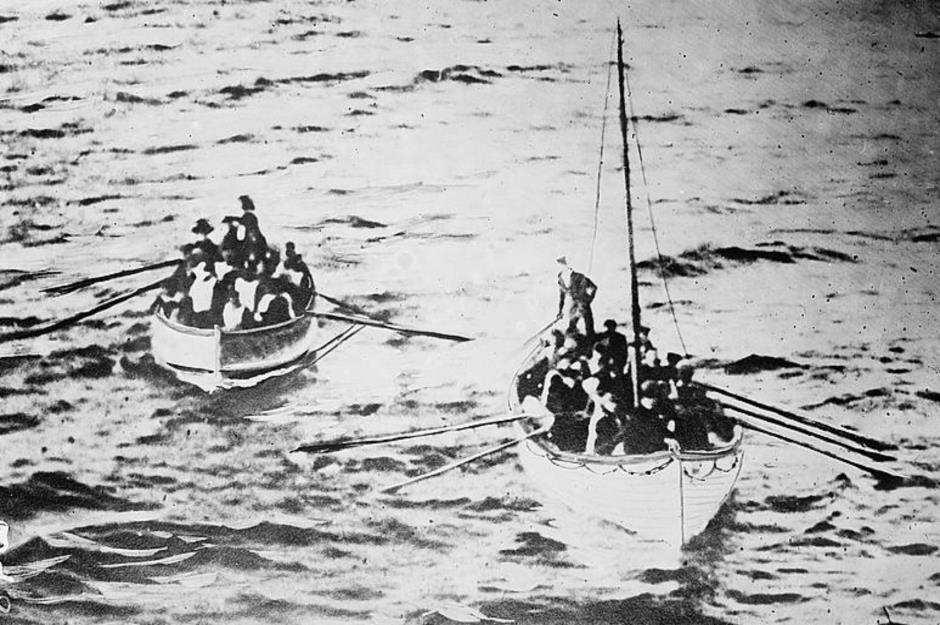
A hero
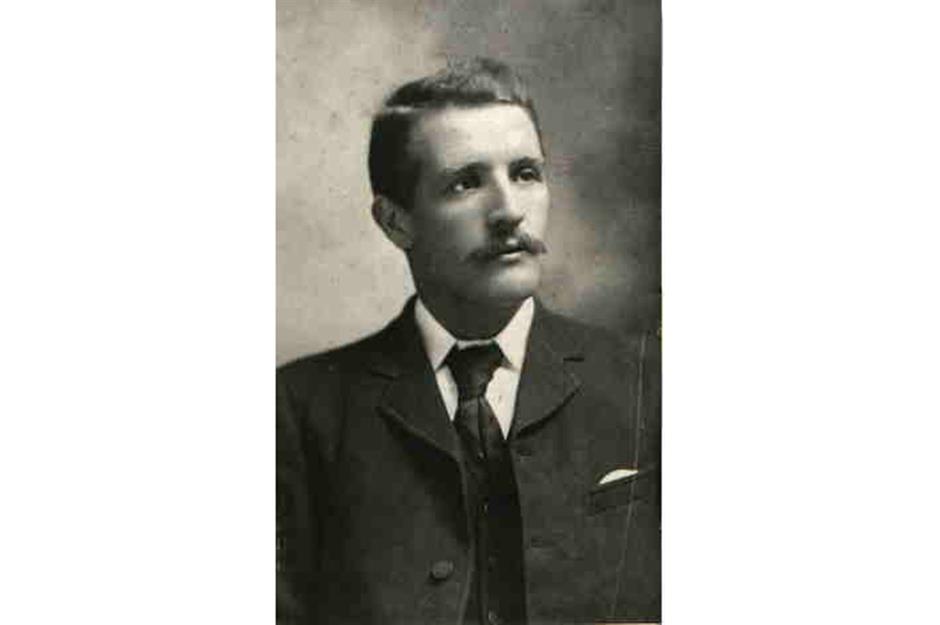
First Officer William Murdoch was on the bridge (the area from which the ship was commanded) at the time the Titanic hit the iceberg and later that night he was put in charge of loading lifeboats on the starboard side. It has been suggested, most recently at Titanic The Exhibition in London, that more passengers disembarked on the starboard side as a result of Murdoch’s organized approach to lowering the lifeboats and the fact he let more men board. Perhaps he also understood the gravity of the situation, having witnessed the collision. Murdoch went down with the ship.
The final plunge
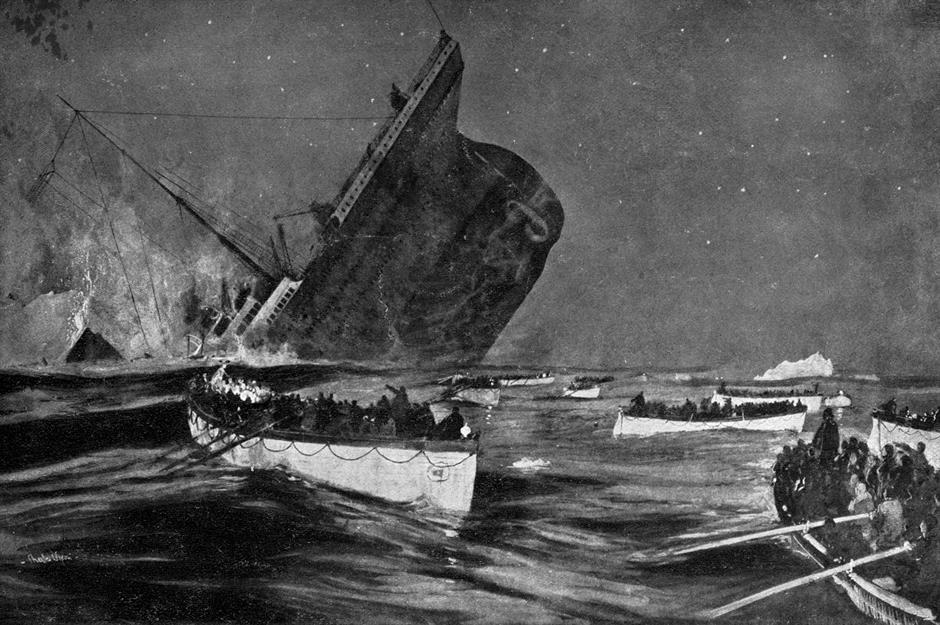
Carpathia to the rescue

While the Titanic had sent multiple distress signals it was Cunard's ship Carpathia which came to the rescue of survivors, taking them to New York. However, the Carpathia couldn't reach the scene until 4am, four hours and 20 minutes after the Titanic struck the iceberg. It took a further four hours to get survivors from the lifeboats onto the Carpathia. Six years later in July 1918, the unlucky Carpathia met her own terrible end too, sinking during the First World War after being torpedoed by a German U-boat.
Carpathia to the rescue

Survivors on the Carpathia
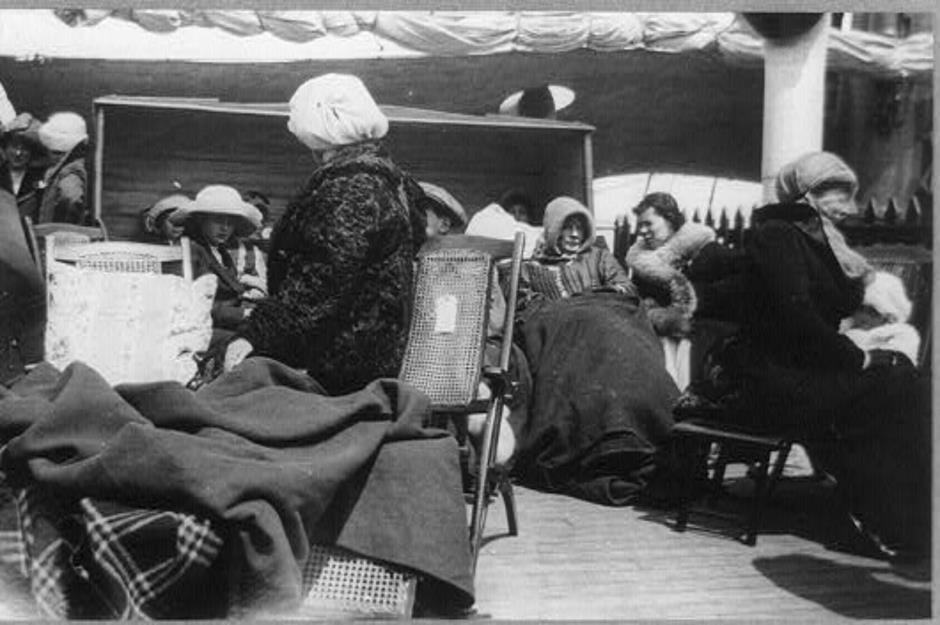
Because of the lack of up-to-date passenger and crew lists it's very difficult to say exactly how many died that night. Some crew members wouldn't have been recorded at all – a few certainly joined as last-minute replacements, stepping in for stokers who failed to show up. A US investigation found that 1,517 lives were lost while the British one claimed 1,503 died. It was the Titanic's crew who took the biggest hit: of 900 staff, 720 were from Southampton, England and only 124 returned. Overall there were just 706 survivors.
Discover more about the ship's past on Southampton's Titanic trail
The iceberg that sank the Titanic?

Everyone saved?
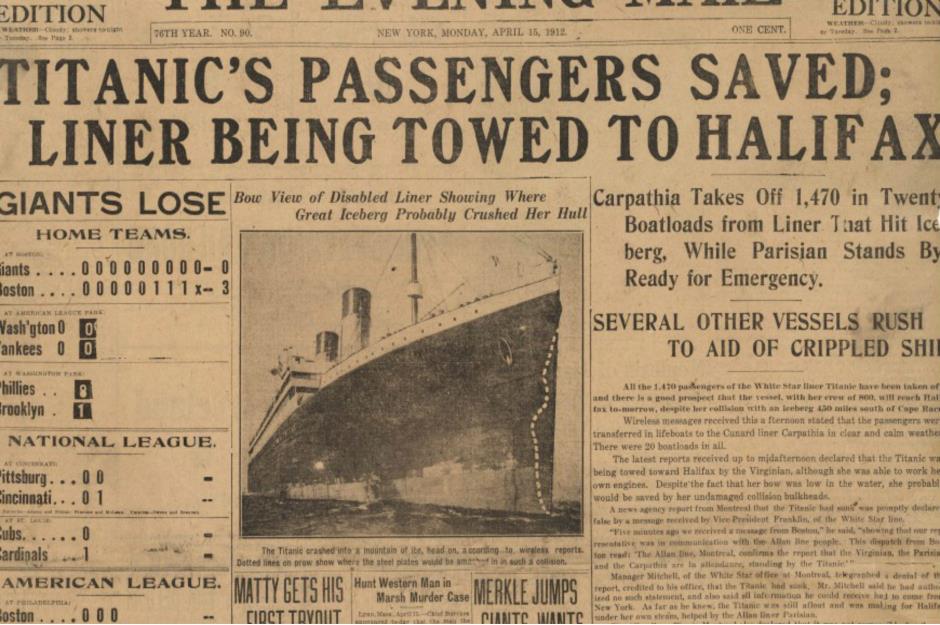
Several newspapers at the time reported the Titanic was safe and that all passengers were alive. The Times in the UK claimed the Titanic was being towed to Halifax, Nova Scotia, Canada by the RMS Virginian on Tuesday 16 April 1912. The horrible truth wouldn't be fully reported until nearly 48 hours after the Titanic struck the iceberg.
The rescue ships
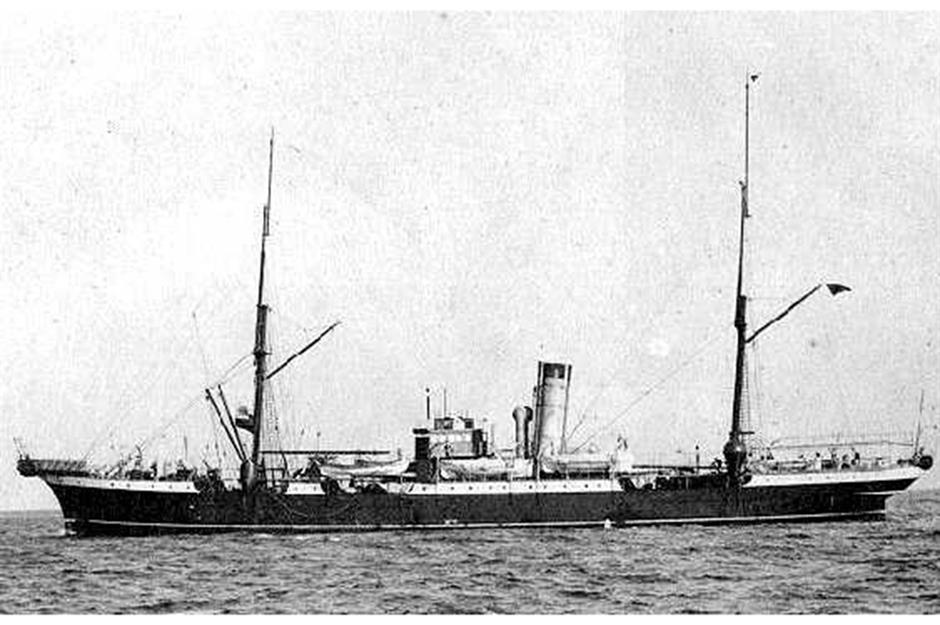
Four ships, including the CS Mackay-Bennett (pictured) were sent on a recovery mission on 17 April from Halifax. The ships collected both bodies and artifacts such as deckchairs. Over 100 of those who died are buried at Fairview Cemetery in the Nova Scotian city. There is also a highly informative exhibition at Halifax's Maritime Museum of the Atlantic that charts the city's role in the aftermath.
What happened to the crew?
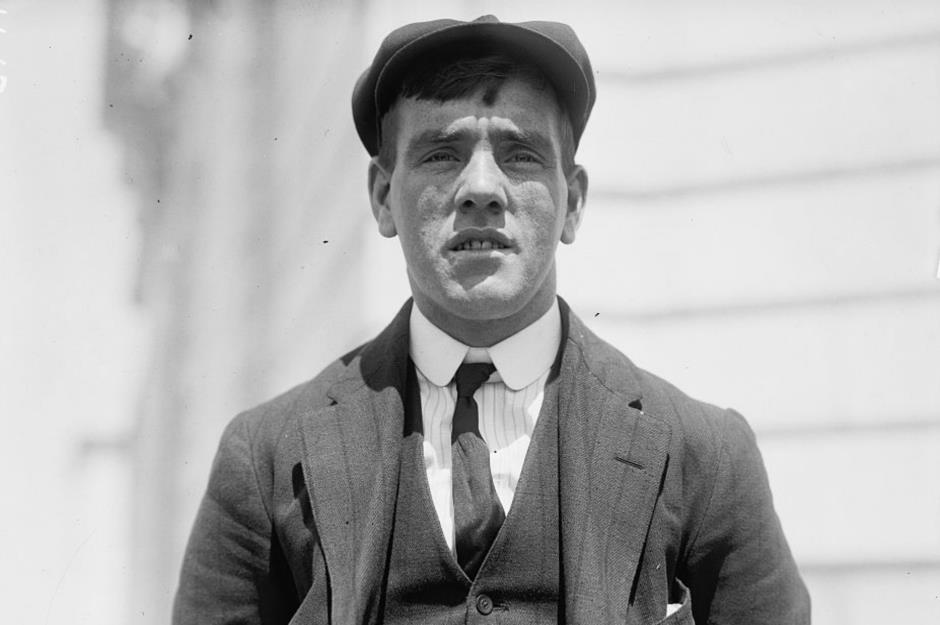
Captain E.J Smith
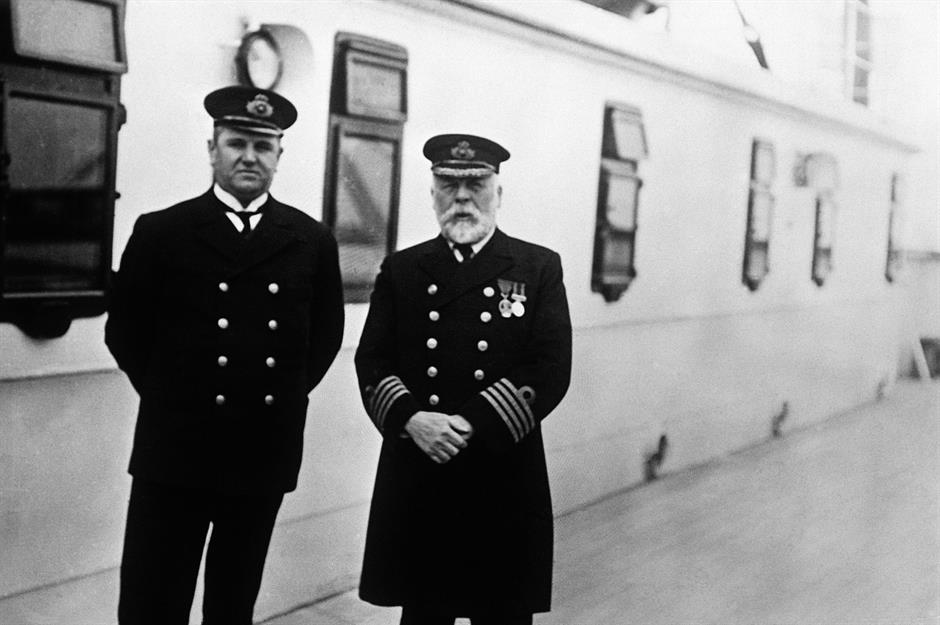
The ship’s captain, Edward John Smith (pictured right), was one of White Star Line’s most experienced commanders and had served for over 40 years at sea at the time of the disaster. There have been mixed accounts of the Captain’s death, but it is believed that he refused to abandon the Titanic as it sank and went down with the ship. This image was taken by Father Francis Browne. An Irish Jesuit, he had been gifted a first-class ticket from Southampton to Queenstown by his uncle and took many of the last photographs of the Titanic's passengers, interiors and crew, which survived thanks to his early departure from the ship.
"The greatest coward in history"
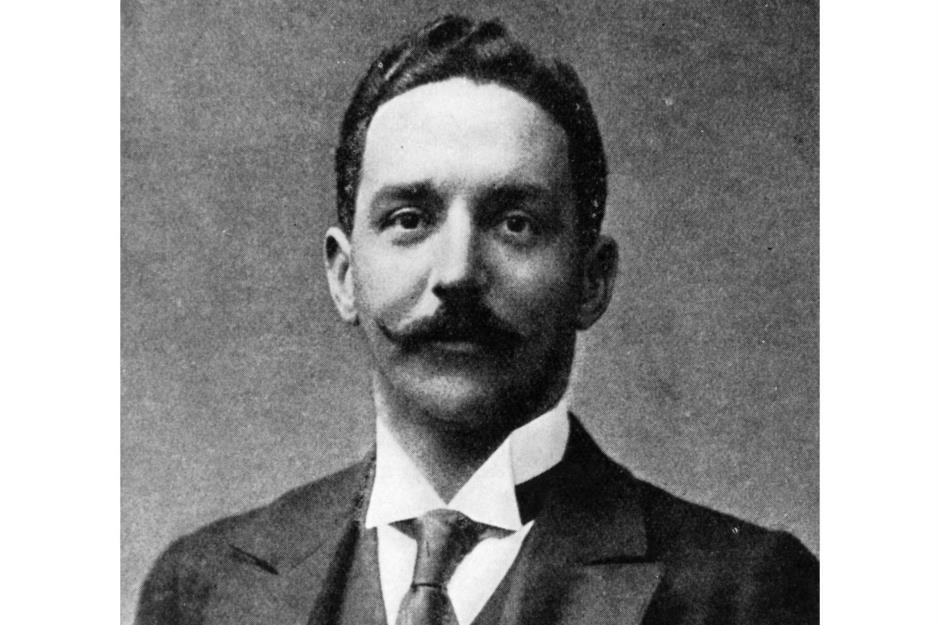
The inquiries
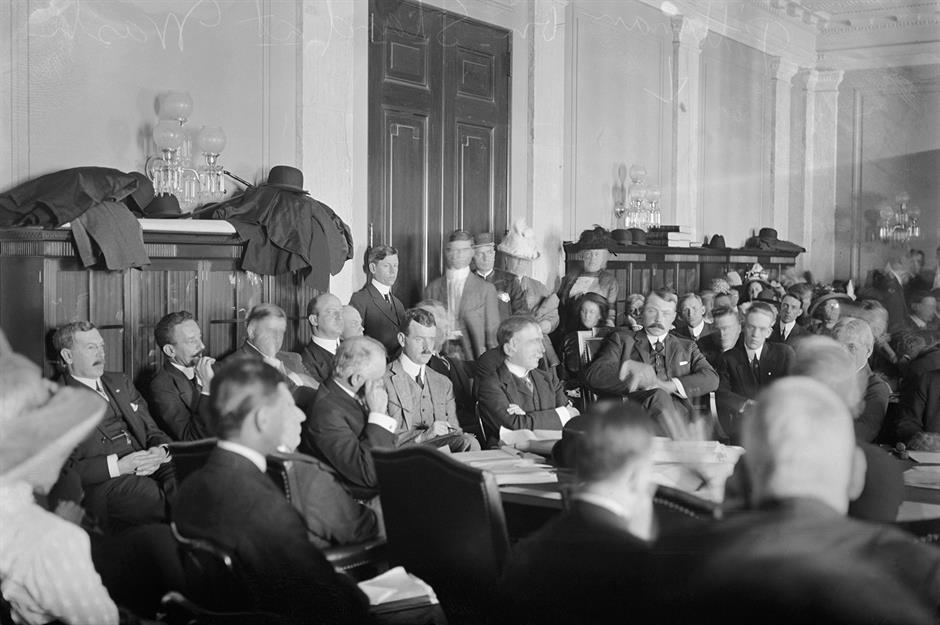
Raise the Titanic?
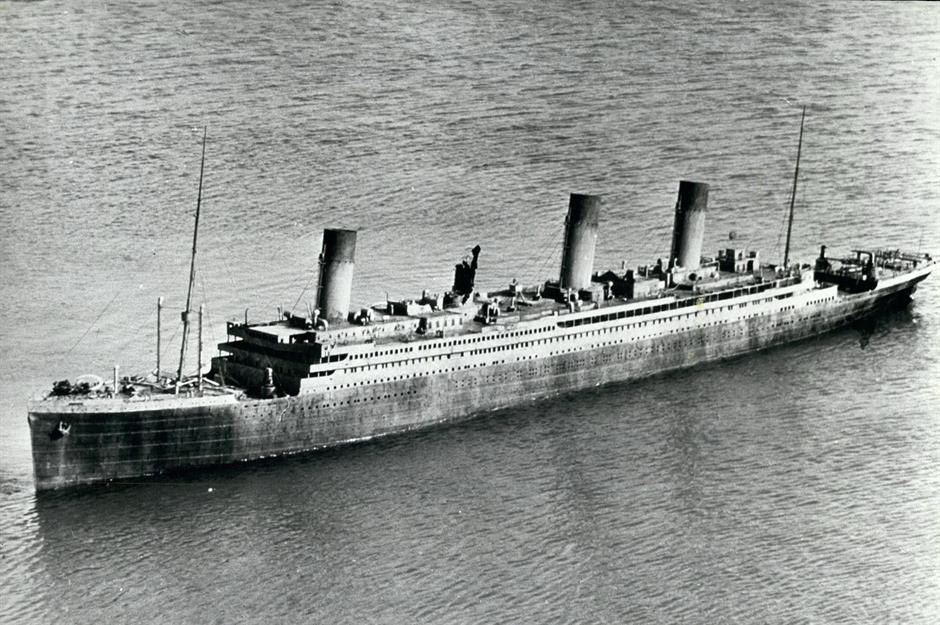
The story of the Titanic didn’t end with her sinking and the ship has been the subject of many films including 1958’s A Night to Remember and 1997’s Titanic. The 1980 movie Raise the Titanic, based on Clive Cussler’s bestselling book, is one of the most curious. The timing was unfortunate, as the film was made before the wreck was found and (spoiler alert) it depicts Titanic being raised from the seabed in one piece –something not possible in real life. The movie was an expensive flop, with the model of the Titanic, a tank to house it and the special effects costing millions of dollars that weren’t recouped at the box office.
Finding the ship
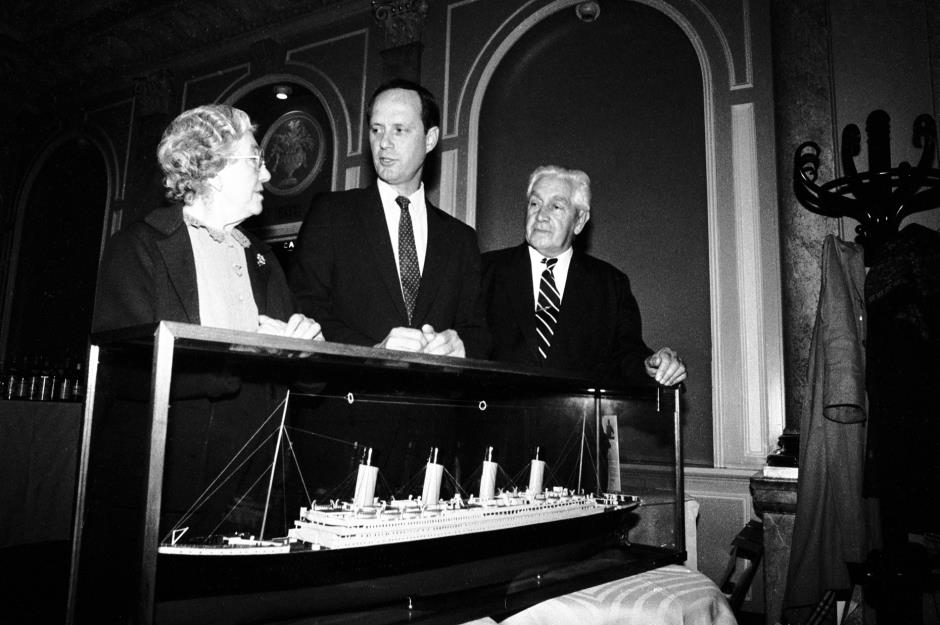
Treasures from the seabed
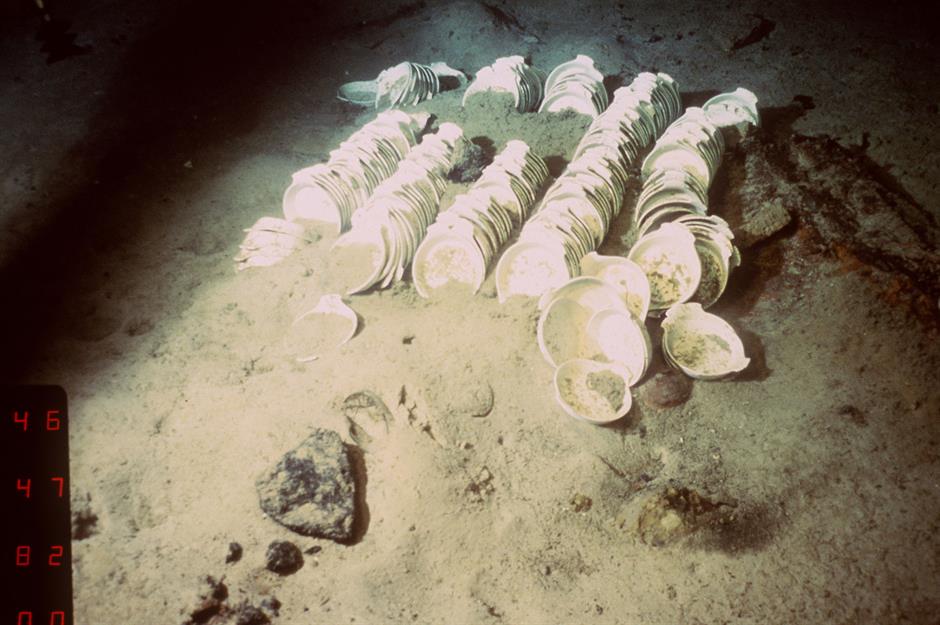
Since then there have been many research and discovery expeditions recovering around 6,000 artifacts. Director James Cameron’s team made 12 visits to the site in 1995 while filming Titanic. However, in August 2019 a deep dive to the site revealed that the wreck is starting to decay significantly. An agreement has now been signed that limits the number of licenses to enter the wreck and remove artifacts, in the hope of preserving this poignant site for as long as possible.
Titanic's lost sister
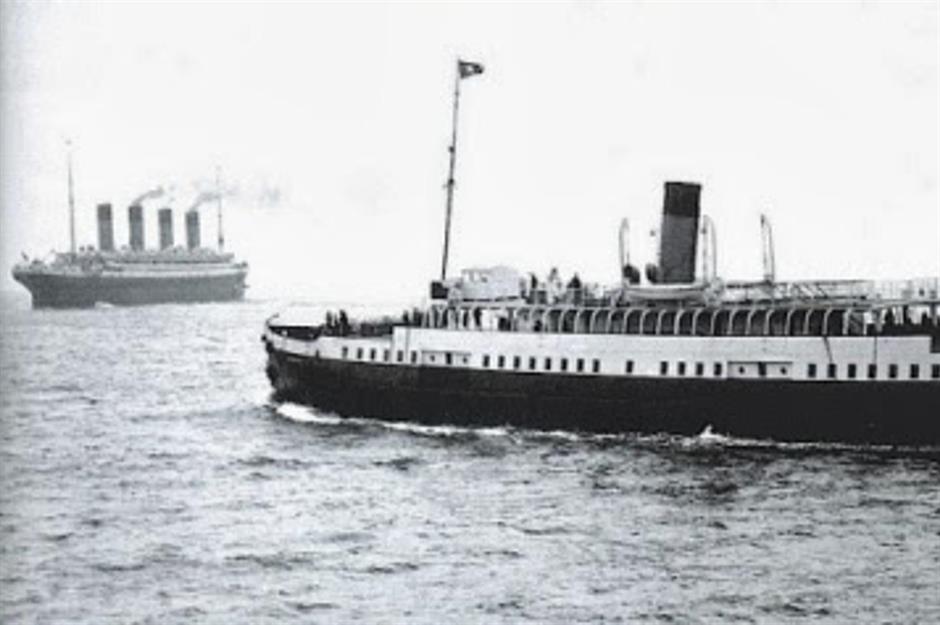
But it is possible to experience the Titanic’s magic first-hand today. The Titanic’s forgotten tiny sister ship, SS Nomadic, was used to ferry passengers and luggage to the doomed liner at Cherbourg, France. Now the tender has been restored and is open to visitors at her home in Hamilton Dock at Titanic Belfast, Northern Ireland. Designed and built by the same team as the Titanic, the Nomadic is the last White Star Line vessel in the world.
Suite dreams
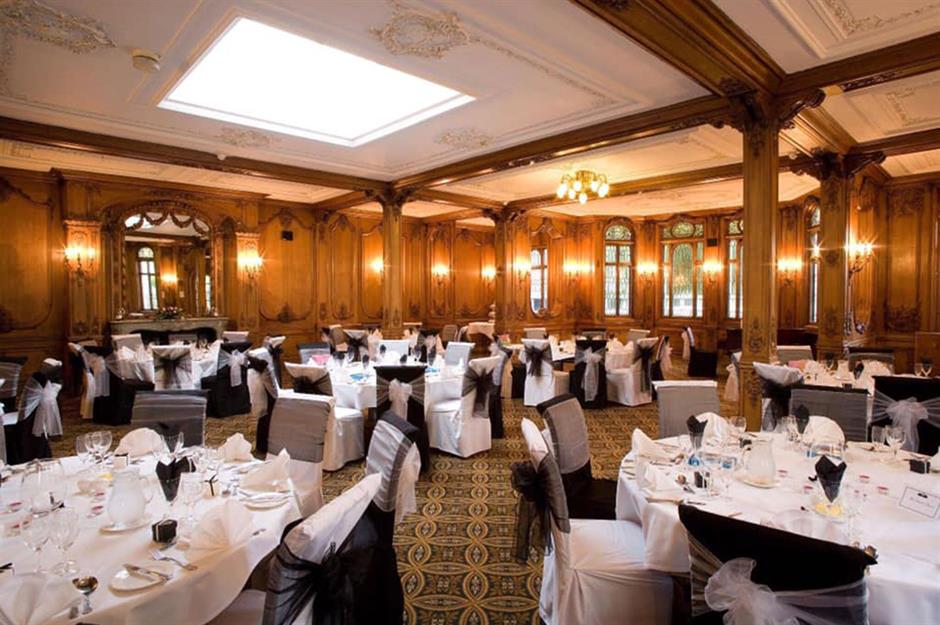
Will she sail again?
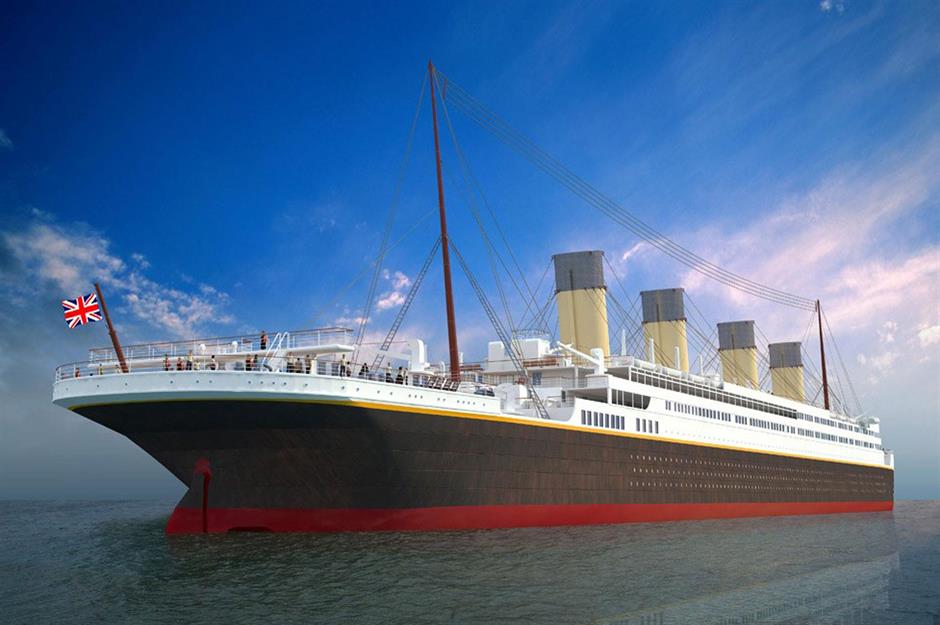
Plus there are currently two extraordinary projects vying to recreate the iconic doomed ship for modern-day fans. One will be the star attraction at the Romandisea theme park in Sichuan, China, and is being funded by Chinese firm Seven Star Energy Investment Group.
Titanic II
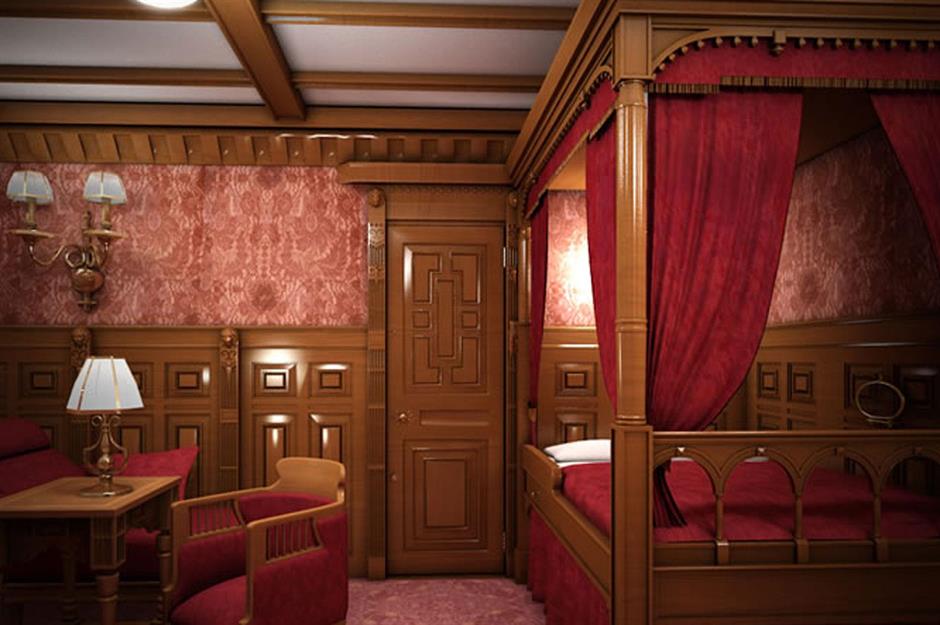
In April 2012 Australian mining billionaire Clive Palmer announced his plan to build Titanic II, a near-to-scale seaworthy reproduction at an estimated cost of $500 million. Currently there is no opening date for either project, but both are under construction, so watch this space.
Jaw-dropping pictures of the world's most stunning shipwrecks
Comments
Be the first to comment
Do you want to comment on this article? You need to be signed in for this feature